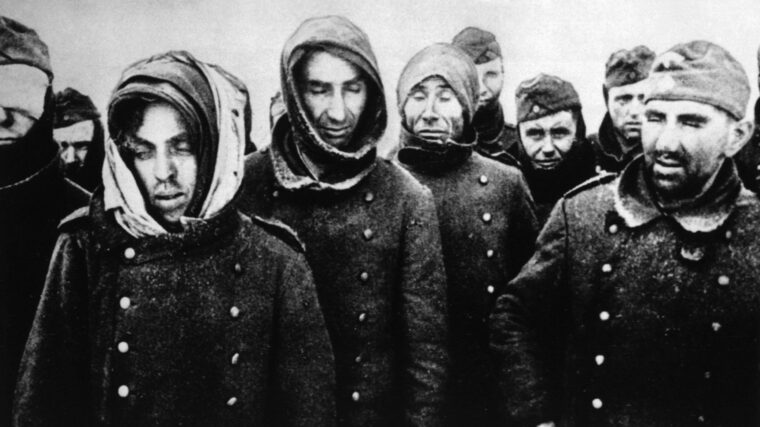
Gottfried P. Dulias: Surviving the Soviet Gulag
By Gottfried P. DuliasGottfried P. Dulias was a young Luftwaffe pilot who had seen plenty of action in the skies above the Eastern Front. Read more

Gottfried P. Dulias was a young Luftwaffe pilot who had seen plenty of action in the skies above the Eastern Front. Read more
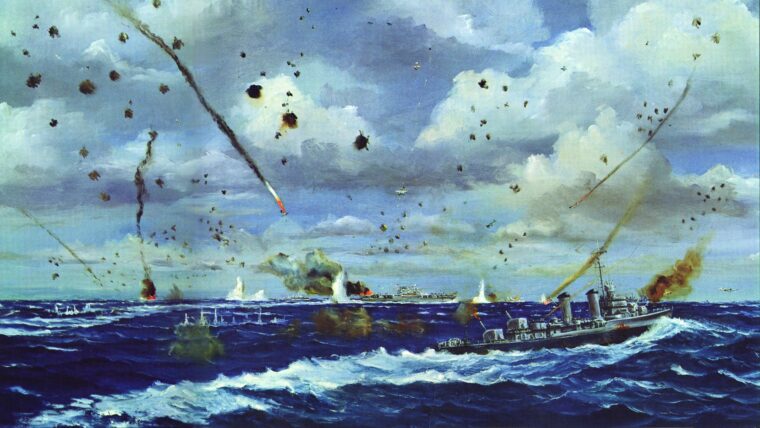
Lieutenant David C. Richardson spotted the four-engined flying boat silhouetted against the ocean by the late morning sun. Read more
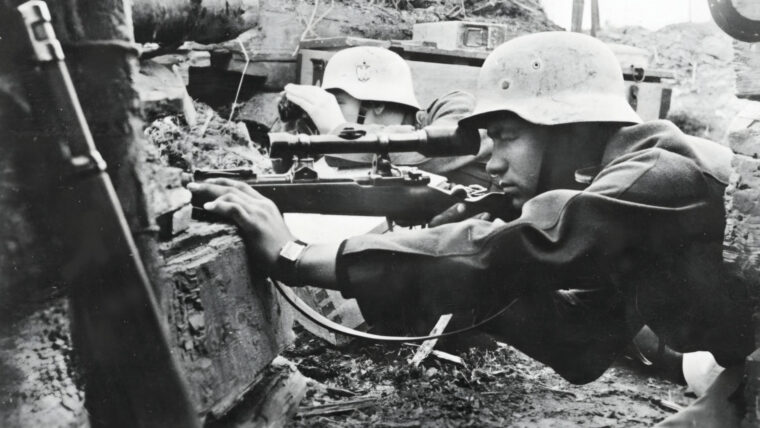
According to The History Channel’s Tales of the Gun, the Mauser 98 was “the best bolt action rifle ever made.” Read more
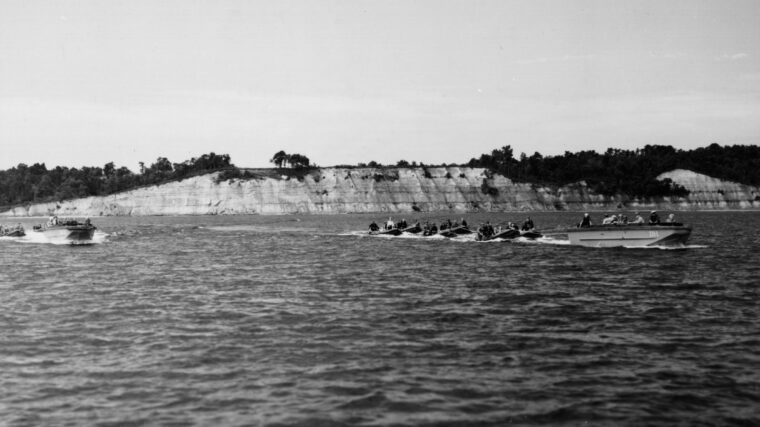
By June 1942, the military might of Imperial Japan threatened Australia. The string of spectacular Japanese conquests in the South Pacific menaced lines of supply and communication between the United States and its allies and bases in the region. Read more
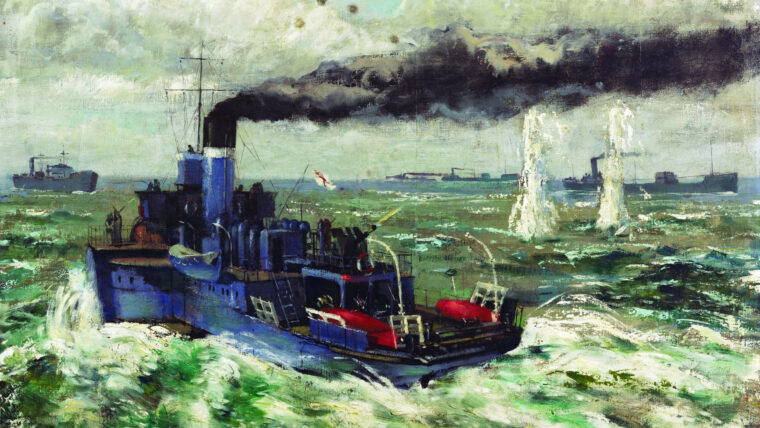
None of the Allied services engaged in World War II was in action longer or suffered a higher percentage of casualties than the British Merchant Navy. Read more
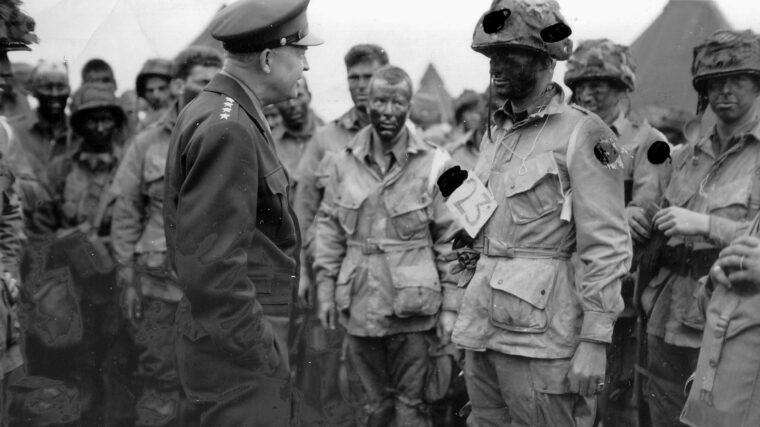
In one of the most recognized photographs taken by U.S. Army cameramen during World War II, General Dwight D. Read more
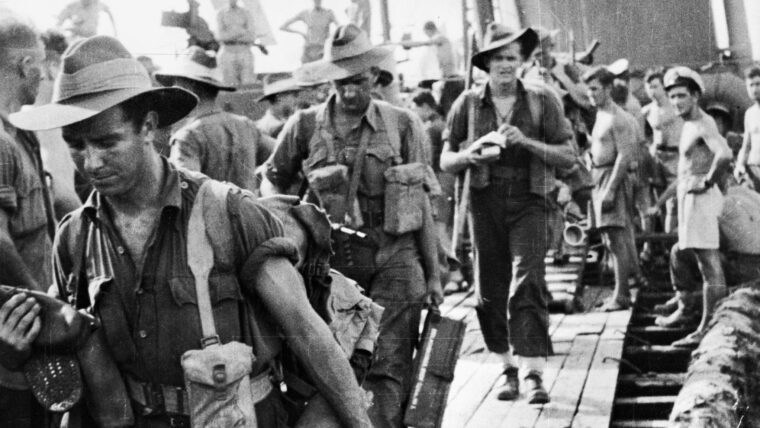
On October 20, 1941, the Australian destroyer Vendetta weighed anchor in the port of Alexandria, Egypt. After spending nearly two years supporting the Royal Navy in the fight for control of the Mediterranean Sea, the aging engines of the busy warship could no longer give her the speed needed to escort convoys, screen the fleet, or dodge dive- bombers. Read more
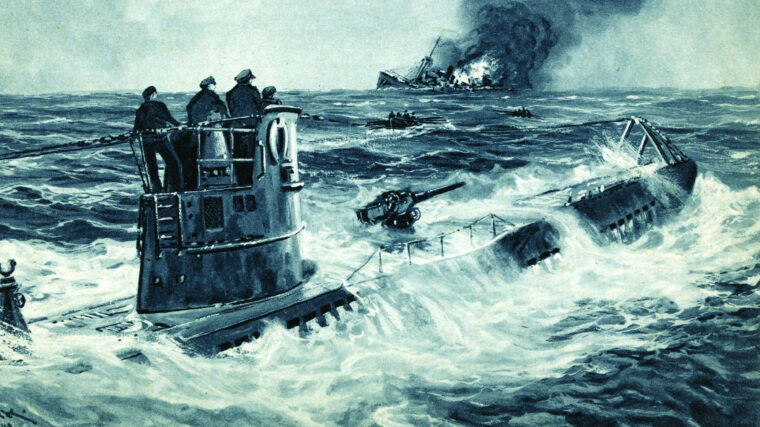
America was not at war, but American sailors were dying when American-owned ships were torpedoed by German submarines. Read more
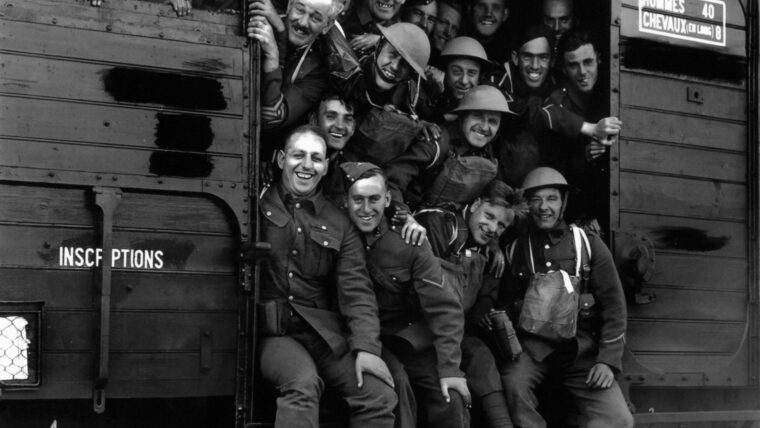
Lord John Vereker, 6th Viscount Gort, Commander in Chief of the British Expeditionary Force (BEF) in France in 1940, and his chief of staff, General Henry Pownall, have both been forever associated with the British Army’s greatest continental defeat; namely, the retreat through Flanders and eventual evacuation from the harbor and beaches of Dunkirk in May and June, after being engaged with the invading German Wehrmacht for only three weeks. Read more
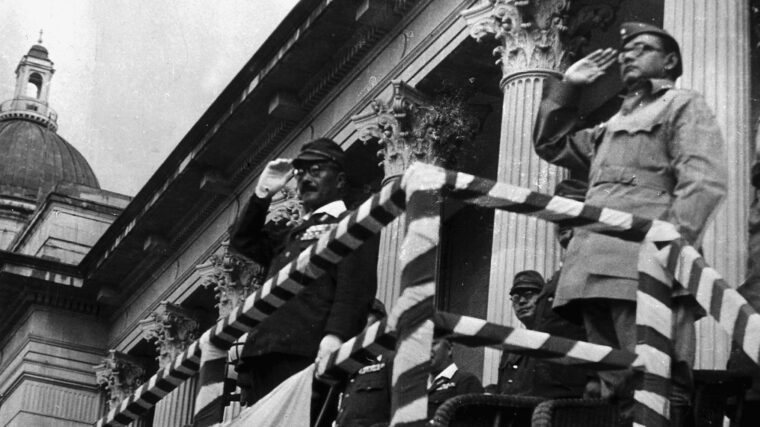
When British diplomat Lord Halifax arrived at the Berghof in the Bavarian Alps on November 19, 1937, he mistook German Reich Chancellor Adolf Hitler for a footman and was about to hand him his coat and hat when Foreign Minister Baron Constantin von Neurath hissed, “The Führer! Read more
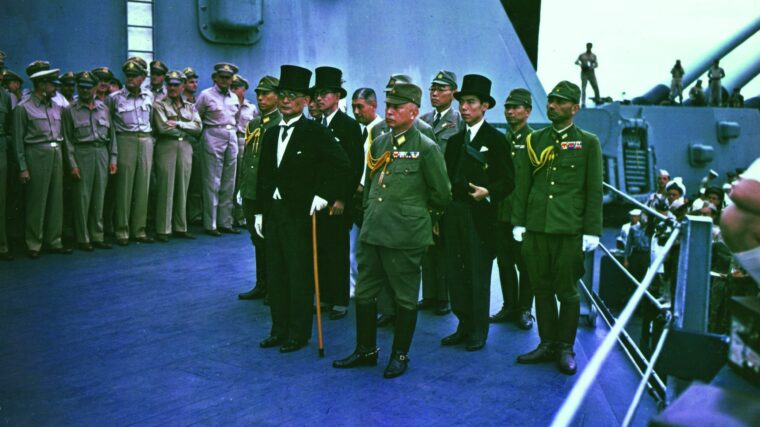
It was fated to be the last wartime conference of the Big Three Allies of World War II, but it was the first not attended by the late American President Franklin D. Read more
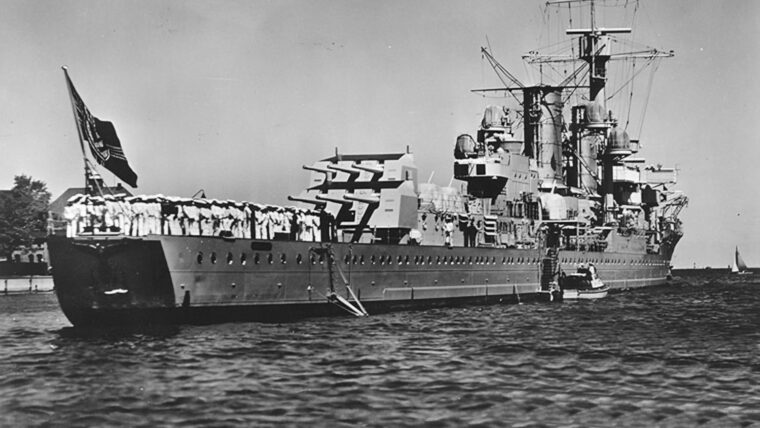
When the German invasion of Norway was set in motion on April 9, 1940, much of the planning for the event had been done on a shoestring. Read more
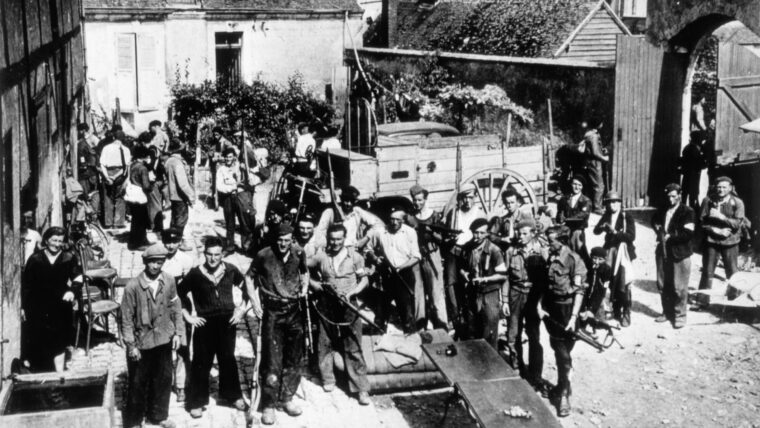
The tempo of war planning intensified for the invasion of Europe during the early months of 1944. Finally, at daylight on June 6, 1944, Allied infantry stormed ashore along the German-held Normandy coast. Read more
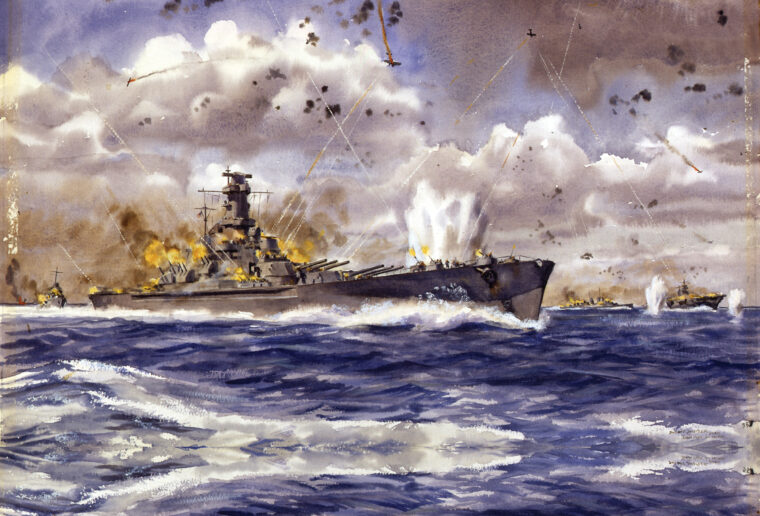
During the early morning hours of October 26, 1942, several hours before the sun came up, Admiral William F. Read more
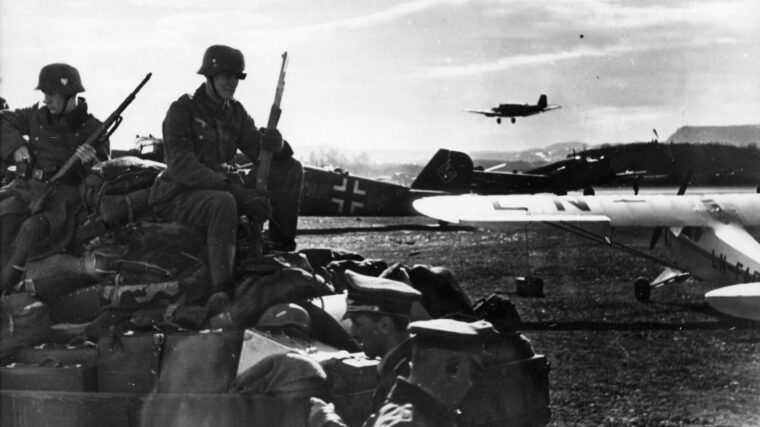
The second week in April 1940 was a stormy period in the North and Norwegian Seas. The weather deteriorated during April 7, with low cloud cover and fog. Read more
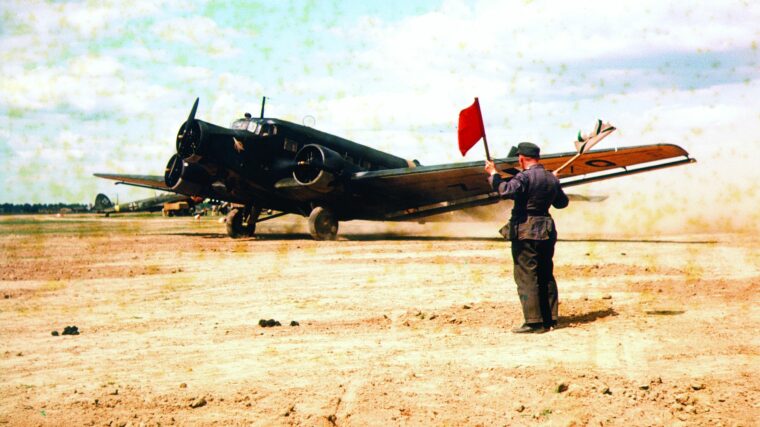
Shortly before dawn on May 20, 1941, a flight of 500 transport planes took off from seven airstrips on mainland Greece. Read more
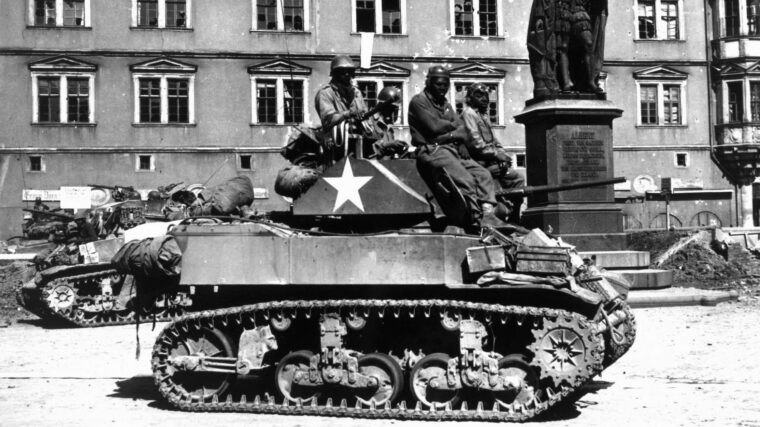
On July 26, 1948, President Harry Truman issued Executive Order No. 9981, which stated in part, “It is hereby declared to be the policy of the President that there shall be equality of treatment and opportunity for all persons in the armed services without regard to race, color, religion, or national origin.” Read more
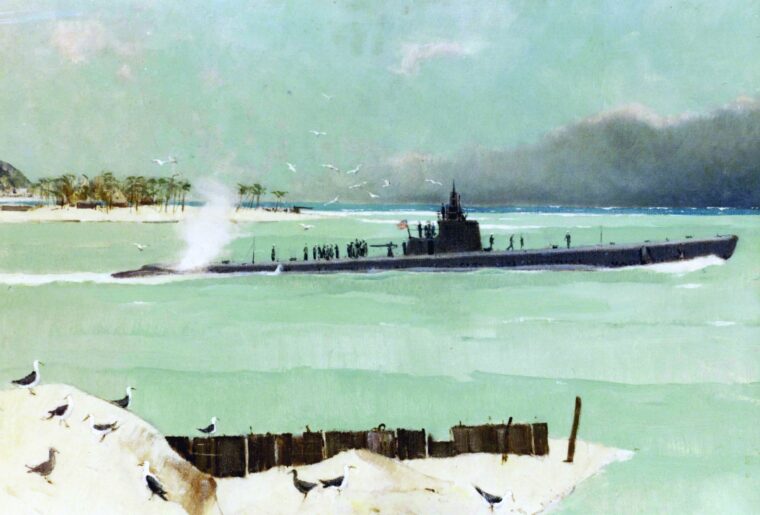
As soon as he arrived on the bridge of the submarine USS Dace, Lt. Cmdr. Rafael C. Read more
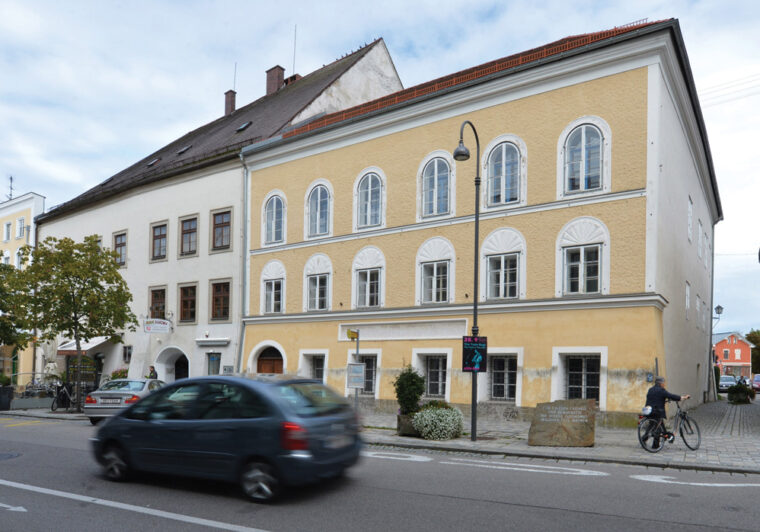
It’s a plain, old, pale yellow, three-story building in a small town (fewer than 20,000 inhabitants) north of Salzburg, Austria. Yet this architecturally unremarkable building stands in the center of a recent political firestorm. Read more
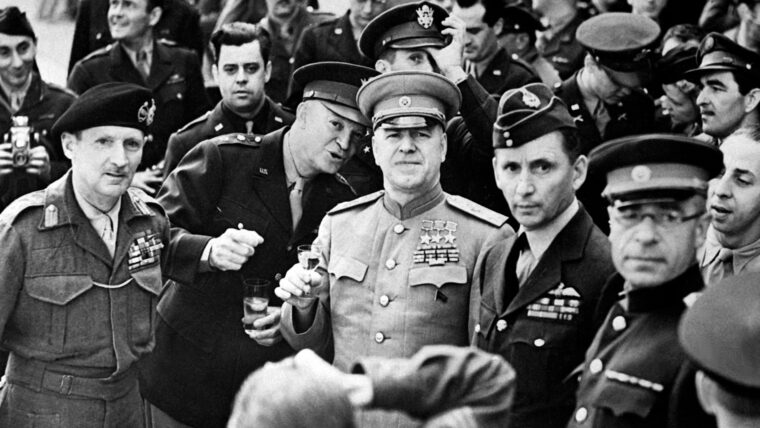
The Great Patriotic War, as World War II came to be known in the Soviet Union, provided the stage upon which Marshal Georgy Zhukov achieved lasting fame. Read more